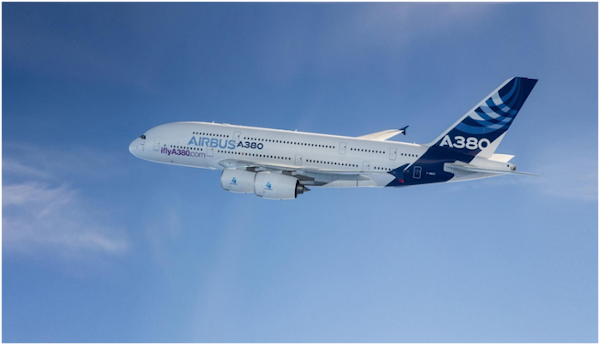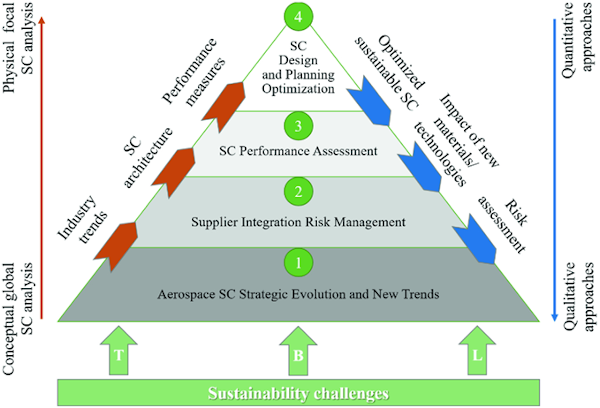
Charles R. Goulding and Preeti Sulibhavi discuss the potential place of 3D printing in the reshaping aerospace supply chain.
Three European countries have appointed a national task force to plan for the post-pandemic survival of the aerospace supply chain. The appointees are Tom Williams, former Chief Operating Officer (COO) of Airbus commercial for the U.K.; Didier Evard, former head of Airbus aircraft programs for France; and Bernhardt Gerwert, previously chief executive of the Airbus defense arm for Germany.
We would recommend that the task force make the study of 3D printing developments one of their priorities. Since these leaders’ retirements, the 3D printing industry has made great strides with innovation that impacts design, production, and parts-replacement that alter aerospace supply chains. Airbus itself has made widespread use of 3D printing and top tier suppliers have also made major changes to incorporate 3D printing processes in areas included but not limited to jet engines, seating, and embedded electronics.
All executives have a habit of revisiting their prior experiences. With the exponential rate of change within the 3D printing and the aerospace industries, focusing only on previous capabilities would be a mistake.
R&D tax credit incentives are available to new and improved aerospace components, particularly technology that involves 3D Printing.

The Research & Development Tax Credit
Enacted in 1981, the now permanent Federal Research and Development (R&D) Tax Credit allows a credit that typically ranges from 4%-7% of eligible spending for new and improved products and processes. Qualified research must meet the following four criteria:
- Must be technological in nature
- Must be a component of the taxpayer’s business
- Must represent R&D in the experimental sense and generally includes all such costs related to the development or improvement of a product or process
- Must eliminate uncertainty through a process of experimentation that considers one or more alternatives
Eligible costs include US employee wages, cost of supplies consumed in the R&D process, cost of pre-production testing, US contract research expenses, and certain costs associated with developing a patent.
On December 18, 2015, President Obama signed the PATH Act, making the R&D Tax Credit permanent. Beginning in 2016, the R&D credit has been used to offset Alternative Minimum Tax for companies with revenue below $50MM, and startup businesses can obtain up to $250,000 per year in cash rebates applied directly toward payroll taxes.
Conclusion
Many of the larger European Tier companies have massive U.S. operations that are innovators in the industry, including Rolls Royce, BAE, and Safran. What Airbus is doing is essentially a Marshall plan for the European Aerospace sector. If this new A-team can combine their industry experience with insight into 3D printing developments, the industry could reach new heights.
